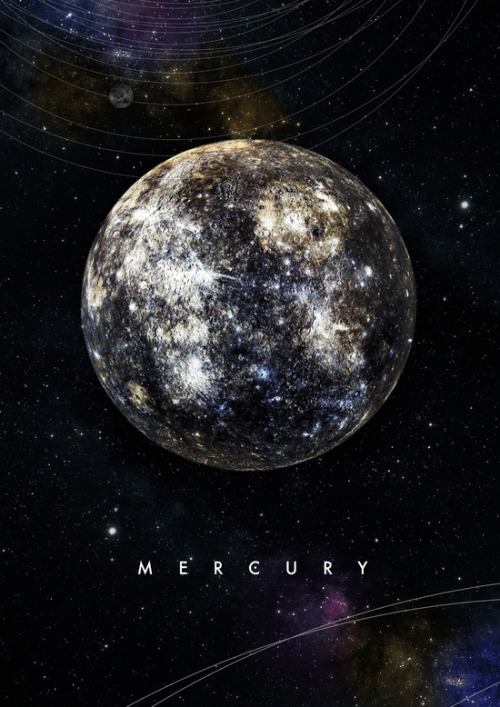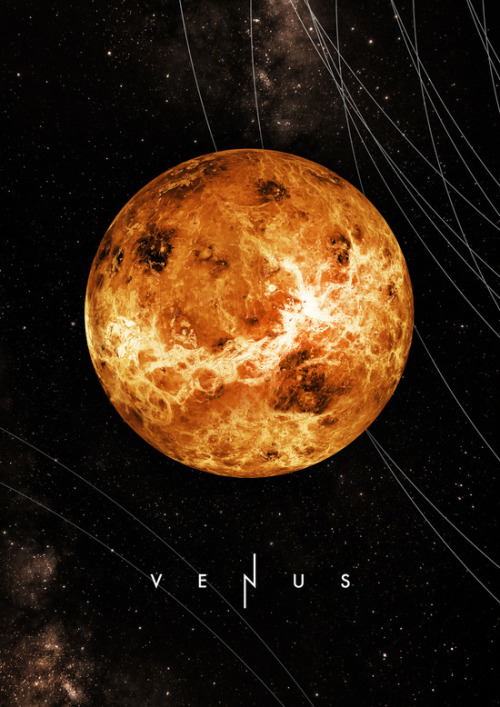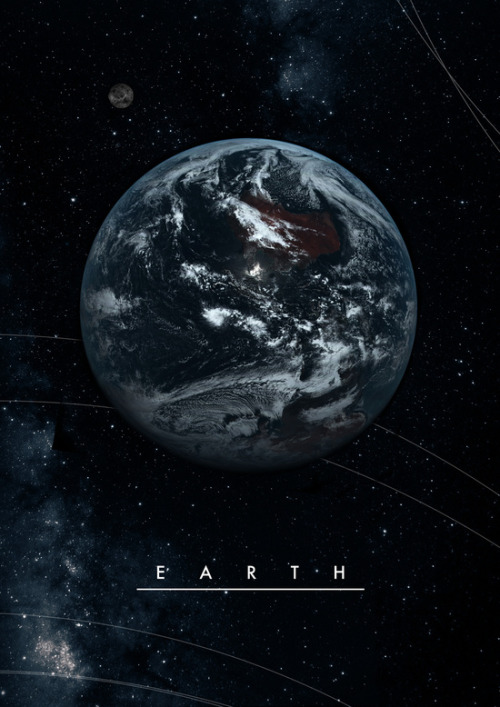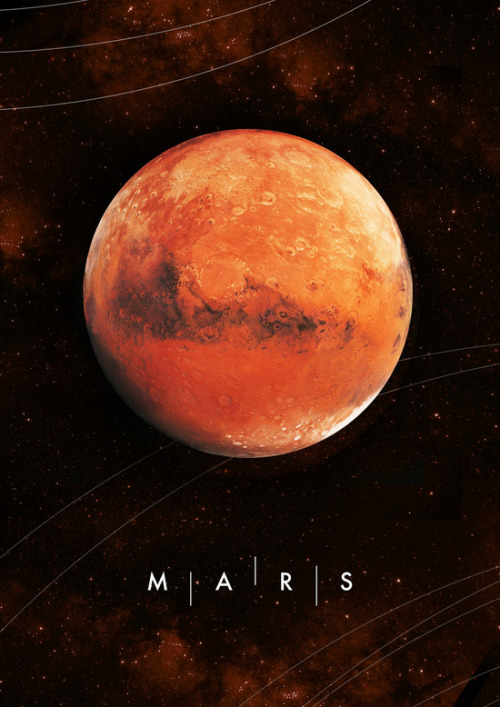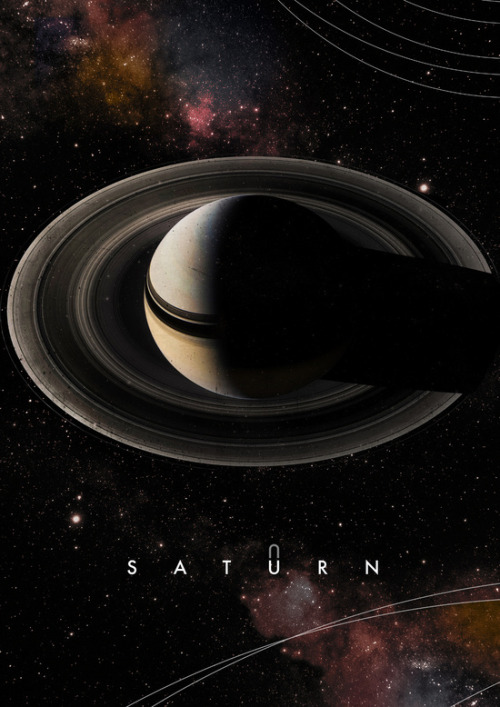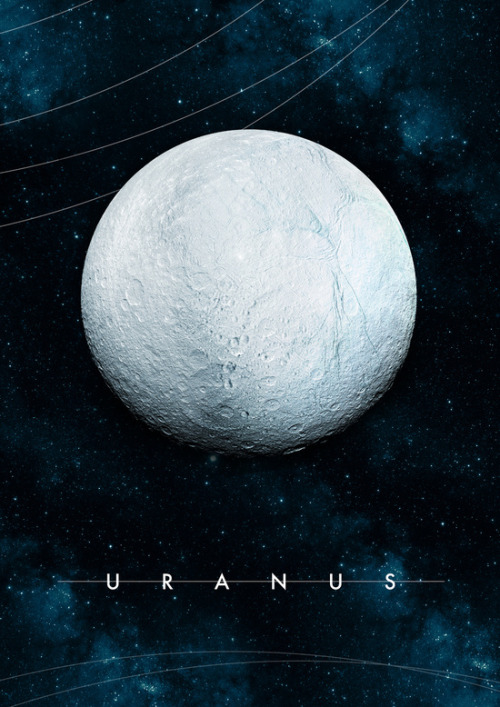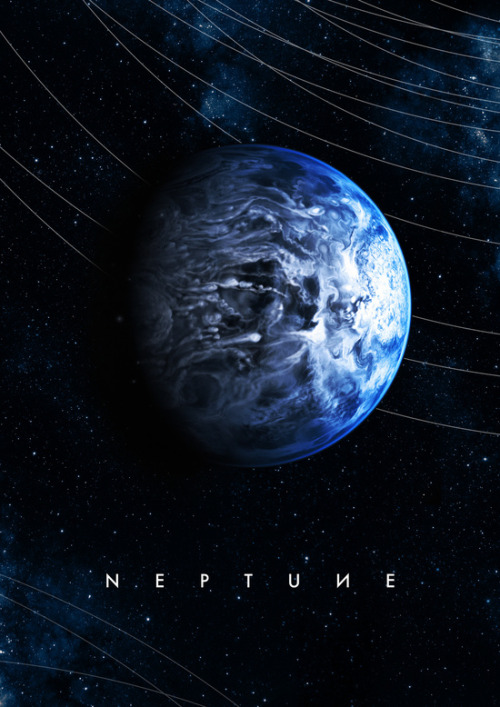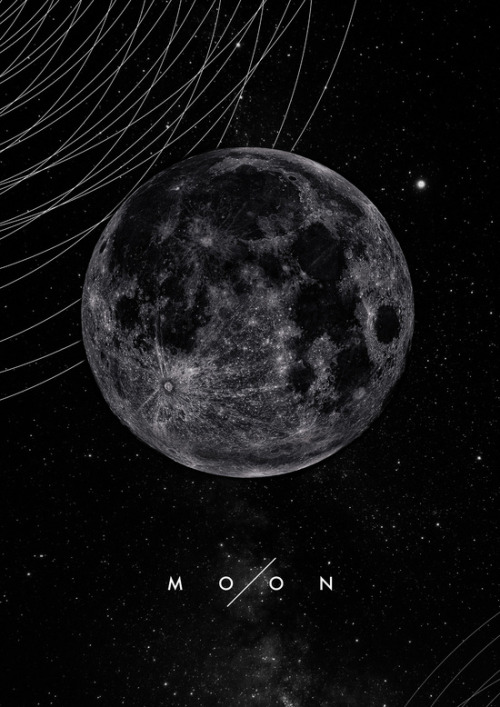Everydays - April 2015 On Behance by beeple

everydays - april 2015 on Behance by beeple
More 3D art here.
More Posts from Earth-trisolaris-organization and Others

. . . Lou Ji came over and put his hand on a small painting.
“Would you leave this one for me?”
Cheng Xin and AA moved the painting aside and set it on top of a box next to the wall. They were surprised to see that it was the Mona Lisa.
Cheng Xin and AA continued to work at disassembling frames. AA whispered, “Clever old man. He kept the most expensive piece for himself.”
“I don’t think that’s the reason.”
“Maybe he once loved a girl named Mona Lisa?”
Lou Ji sat next to the Mona Lisa and caressed the ancient frame with one hand. He muttered, “I didn’t know you were here. Otherwise I could have come to see you often.”
Cheng Xin saw that he wasn’t looking at the painting. His eyes stared ahead as if looking into the depths of time. Cheng Xin saw that his ancient eyes were filled with tears, and she wasn’t sure if he was mistaken.
Inside the grand tomb under the surface of Pluto, lit by the dim lamps that could shine for a hundred thousand years, Mona Lisa’s smile seemed to appear and disappear. The smile had puzzled humankind for nearly nine centuries, and it looked even more mysterious and eerie now, as though it meant everything and nothing, like the approaching Death.
Death’s End (p. 512), Cixin Liu
These two I imagine as Zhang Behiai and Wang Miao.


Infernal Affairs (2002) - dir. Andrew Lau and Alan Mak. 無間道/无间道
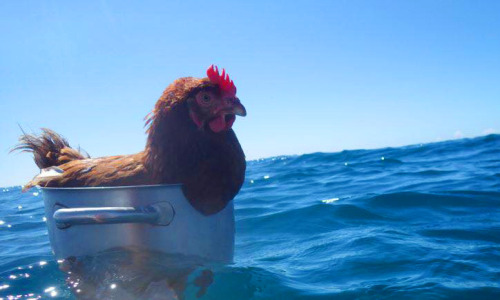
Largest Batch of Earth-size, Habitable Zone Planets
Our Spitzer Space Telescope has revealed the first known system of seven Earth-size planets around a single star. Three of these planets are firmly located in an area called the habitable zone, where liquid water is most likely to exist on a rocky planet.

This exoplanet system is called TRAPPIST-1, named for The Transiting Planets and Planetesimals Small Telescope (TRAPPIST) in Chile. In May 2016, researchers using TRAPPIST announced they had discovered three planets in the system.

Assisted by several ground-based telescopes, Spitzer confirmed the existence of two of these planets and discovered five additional ones, increasing the number of known planets in the system to seven.

This is the FIRST time three terrestrial planets have been found in the habitable zone of a star, and this is the FIRST time we have been able to measure both the masses and the radius for habitable zone Earth-sized planets.
All of these seven planets could have liquid water, key to life as we know it, under the right atmospheric conditions, but the chances are highest with the three in the habitable zone.

At about 40 light-years (235 trillion miles) from Earth, the system of planets is relatively close to us, in the constellation Aquarius. Because they are located outside of our solar system, these planets are scientifically known as exoplanets. To clarify, exoplanets are planets outside our solar system that orbit a sun-like star.

In this animation, you can see the planets orbiting the star, with the green area representing the famous habitable zone, defined as the range of distance to the star for which an Earth-like planet is the most likely to harbor abundant liquid water on its surface. Planets e, f and g fall in the habitable zone of the star.
Using Spitzer data, the team precisely measured the sizes of the seven planets and developed first estimates of the masses of six of them. The mass of the seventh and farthest exoplanet has not yet been estimated.

For comparison…if our sun was the size of a basketball, the TRAPPIST-1 star would be the size of a golf ball.
Based on their densities, all of the TRAPPIST-1 planets are likely to be rocky. Further observations will not only help determine whether they are rich in water, but also possibly reveal whether any could have liquid water on their surfaces.
The sun at the center of this system is classified as an ultra-cool dwarf and is so cool that liquid water could survive on planets orbiting very close to it, closer than is possible on planets in our solar system. All seven of the TRAPPIST-1 planetary orbits are closer to their host star than Mercury is to our sun.

The planets also are very close to each other. How close? Well, if a person was standing on one of the planet’s surface, they could gaze up and potentially see geological features or clouds of neighboring worlds, which would sometimes appear larger than the moon in Earth’s sky.

The planets may also be tidally-locked to their star, which means the same side of the planet is always facing the star, therefore each side is either perpetual day or night. This could mean they have weather patterns totally unlike those on Earth, such as strong wind blowing from the day side to the night side, and extreme temperature changes.

Because most TRAPPIST-1 planets are likely to be rocky, and they are very close to one another, scientists view the Galilean moons of Jupiter – lo, Europa, Callisto, Ganymede – as good comparisons in our solar system. All of these moons are also tidally locked to Jupiter. The TRAPPIST-1 star is only slightly wider than Jupiter, yet much warmer.
How Did the Spitzer Space Telescope Detect this System?
Spitzer, an infrared telescope that trails Earth as it orbits the sun, was well-suited for studying TRAPPIST-1 because the star glows brightest in infrared light, whose wavelengths are longer than the eye can see. Spitzer is uniquely positioned in its orbit to observe enough crossing (aka transits) of the planets in front of the host star to reveal the complex architecture of the system.

Every time a planet passes by, or transits, a star, it blocks out some light. Spitzer measured the dips in light and based on how big the dip, you can determine the size of the planet. The timing of the transits tells you how long it takes for the planet to orbit the star.

The TRAPPIST-1 system provides one of the best opportunities in the next decade to study the atmospheres around Earth-size planets. Spitzer, Hubble and Kepler will help astronomers plan for follow-up studies using our upcoming James Webb Space Telescope, launching in 2018. With much greater sensitivity, Webb will be able to detect the chemical fingerprints of water, methane, oxygen, ozone and other components of a planet’s atmosphere.
At 40 light-years away, humans won’t be visiting this system in person anytime soon…that said…this poster can help us imagine what it would be like:

Make sure to follow us on Tumblr for your regular dose of space: http://nasa.tumblr.com

“Oh, heavens! Starry Sky!” AA cried out.
Cheng Xin knew that she was referring to Van Gogh’s painting. True, the universe really did look like the painting. The painting in her memory was almost a perfect copy of the two-dimensional Solar System before her eyes. Giant planets filled space, the areas of the planets seeming to exceed even the gaps between them. But the immensity of the planets did not give them any sense of substantiality. Rather, they looked like whirlpools in space-time. In the universe, every part of space flowed, churned, trembled between madness and horror like fiery flames that emitted only frost. The Sun and the planets and all substance and existence seemed to be only hallucinations produced by the turbulence of space-time.
Cheng Xin now recalled the strange feeling she had experienced each time she had looked at Van Gogh’s painting. Everything else in the painting - the trees that seemed to be on fire, and the village and mountains at night - showed perspective and depth, but the starry sky above had no three-dimensionality at all, like a painting hanging in space.
Because the starry night was two-dimensional.
How could Van Gogh have painted such a thing in 1889? Did he, having suffered a second breakdown, truly leap across five centuries and see the sight before them using only his spirit and delirious consciousness? Or, maybe it was the opposite: He had seen the future, and the sight of this Last Judgment had caused his breakdown and eventual suicide.
Death’s End (p. 529), Cixin Liu





The Chart of Cosmic Exploration.
-
 kemewematin liked this · 8 years ago
kemewematin liked this · 8 years ago -
 wormspeddler reblogged this · 8 years ago
wormspeddler reblogged this · 8 years ago -
 battlestarblazer reblogged this · 8 years ago
battlestarblazer reblogged this · 8 years ago -
 captaingalaxyguy reblogged this · 8 years ago
captaingalaxyguy reblogged this · 8 years ago -
 good-quote-daily liked this · 8 years ago
good-quote-daily liked this · 8 years ago -
 theworldhasgotitsplans reblogged this · 8 years ago
theworldhasgotitsplans reblogged this · 8 years ago -
 lefthalftimeshark liked this · 8 years ago
lefthalftimeshark liked this · 8 years ago -
 themocking liked this · 8 years ago
themocking liked this · 8 years ago -
 poeticbydefinition reblogged this · 9 years ago
poeticbydefinition reblogged this · 9 years ago -
 thatmikedunnguy liked this · 9 years ago
thatmikedunnguy liked this · 9 years ago -
 madlibby-blog liked this · 9 years ago
madlibby-blog liked this · 9 years ago -
 yumei5 liked this · 9 years ago
yumei5 liked this · 9 years ago -
 allofusdust liked this · 9 years ago
allofusdust liked this · 9 years ago -
 gtdartist liked this · 9 years ago
gtdartist liked this · 9 years ago -
 earth-trisolaris-organization reblogged this · 9 years ago
earth-trisolaris-organization reblogged this · 9 years ago -
 ohjakeshere reblogged this · 9 years ago
ohjakeshere reblogged this · 9 years ago -
 marramiauuu liked this · 9 years ago
marramiauuu liked this · 9 years ago -
 davmore-blog reblogged this · 9 years ago
davmore-blog reblogged this · 9 years ago -
 lourdes-1-blog1 liked this · 9 years ago
lourdes-1-blog1 liked this · 9 years ago -
 goldenm4ngo liked this · 9 years ago
goldenm4ngo liked this · 9 years ago -
 zealpatra liked this · 9 years ago
zealpatra liked this · 9 years ago -
 bruntleguss reblogged this · 9 years ago
bruntleguss reblogged this · 9 years ago -
 jelitzi-blog liked this · 9 years ago
jelitzi-blog liked this · 9 years ago -
 alister555-blog liked this · 9 years ago
alister555-blog liked this · 9 years ago -
 bruntleguss liked this · 9 years ago
bruntleguss liked this · 9 years ago -
 galacticnihilism reblogged this · 9 years ago
galacticnihilism reblogged this · 9 years ago -
 00xlegendaryx00-blog reblogged this · 9 years ago
00xlegendaryx00-blog reblogged this · 9 years ago -
 00xlegendaryx00-blog liked this · 9 years ago
00xlegendaryx00-blog liked this · 9 years ago -
 soulpeacesam liked this · 9 years ago
soulpeacesam liked this · 9 years ago -
 superjerriee reblogged this · 9 years ago
superjerriee reblogged this · 9 years ago -
 superjerriee liked this · 9 years ago
superjerriee liked this · 9 years ago -
 kmikc25 liked this · 9 years ago
kmikc25 liked this · 9 years ago -
 kantankerouskrayon liked this · 9 years ago
kantankerouskrayon liked this · 9 years ago -
 bourgeoisperversion reblogged this · 9 years ago
bourgeoisperversion reblogged this · 9 years ago -
 eolusca-blog liked this · 9 years ago
eolusca-blog liked this · 9 years ago -
 buthowmycow-blog liked this · 9 years ago
buthowmycow-blog liked this · 9 years ago -
 squirrelofudun liked this · 9 years ago
squirrelofudun liked this · 9 years ago -
 shanfan liked this · 9 years ago
shanfan liked this · 9 years ago -
 zxa420-blog liked this · 9 years ago
zxa420-blog liked this · 9 years ago



